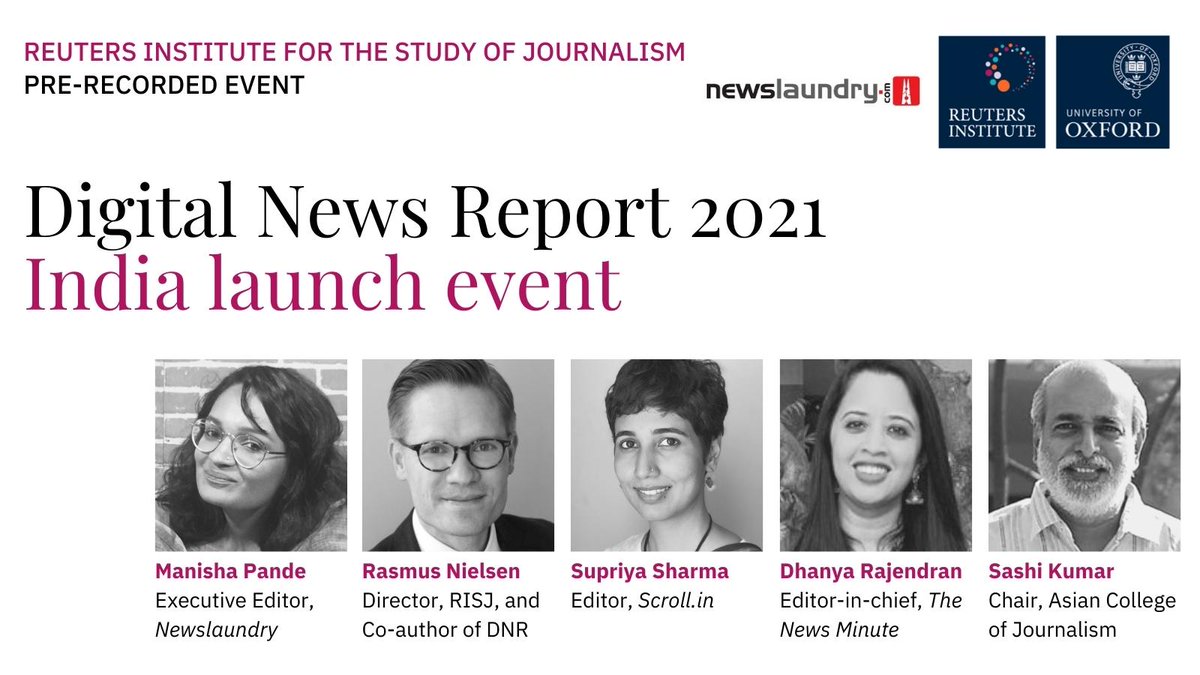shubham tigga
3:20
3:24
3:25
3:27
3:28
3:28
3:31
3:33
3:33
3:34
3:37
3:39
3:40
3:41
3:42
3:44
3:45
3:46
3:47
3:47
3:47
3:50
3:51
3:53
3:55
3:55
3:56
3:58
3:58
3:59
3:59
4:00
4:01
4:03
4:03
4:05
4:05
Connecting…






